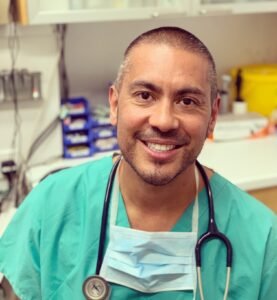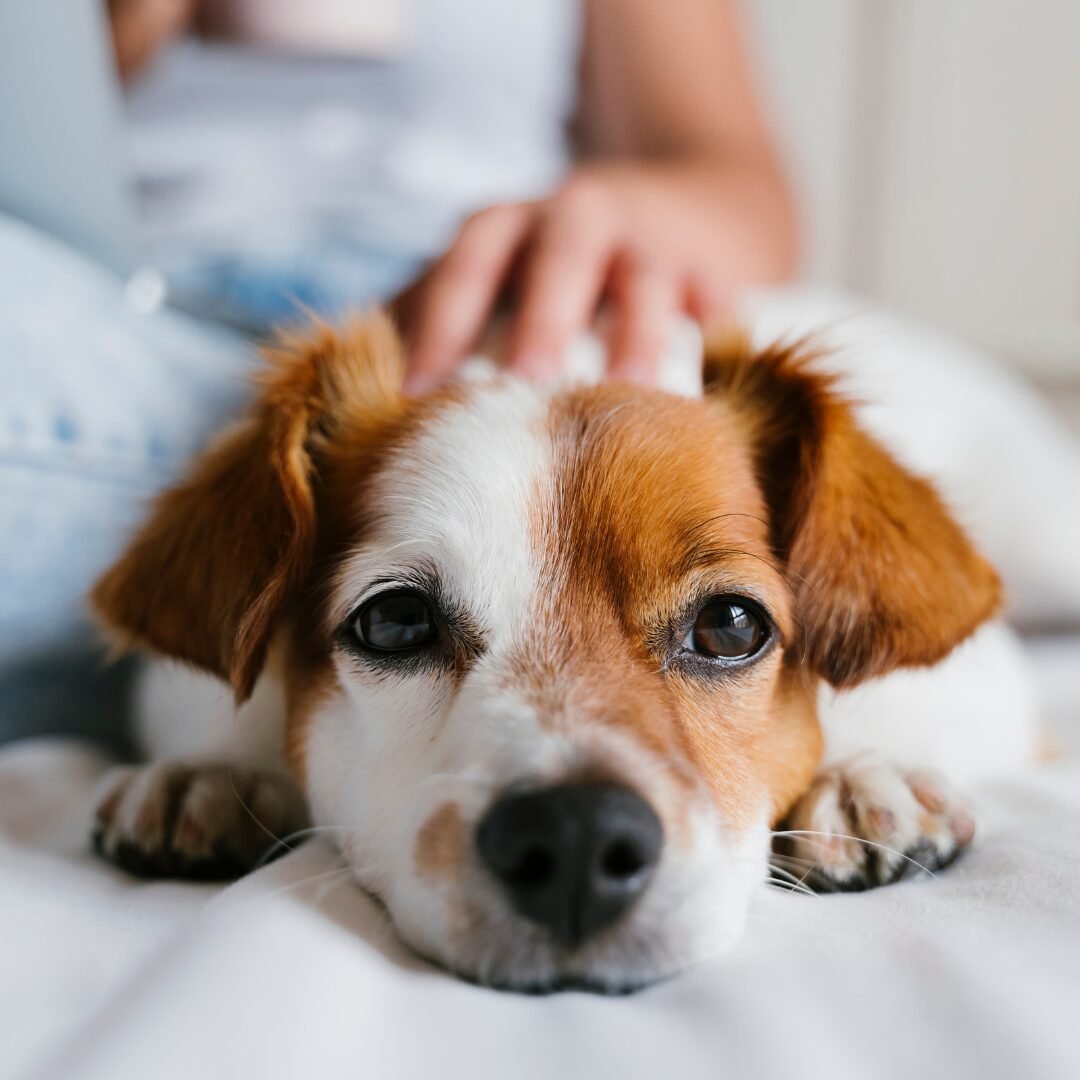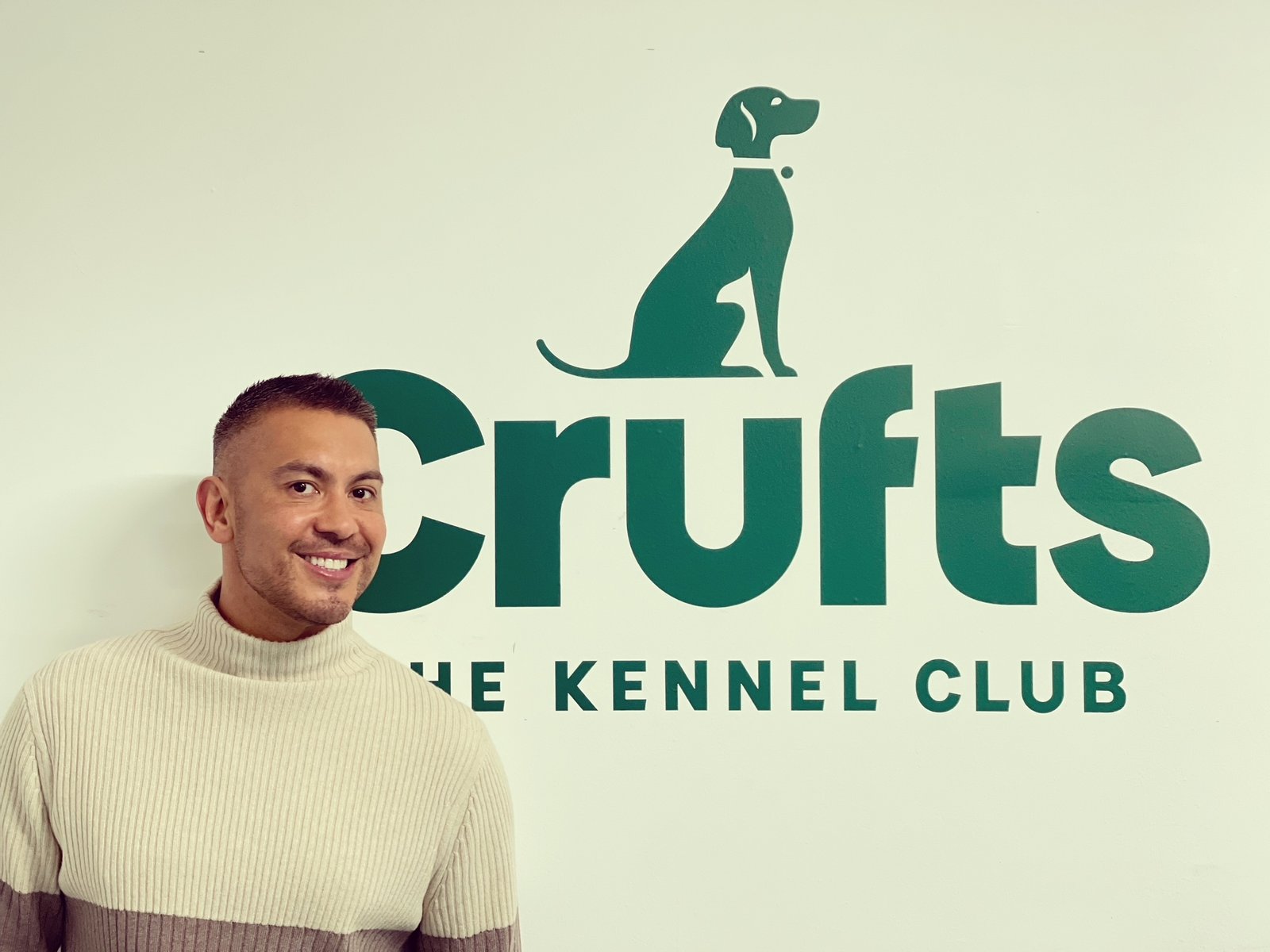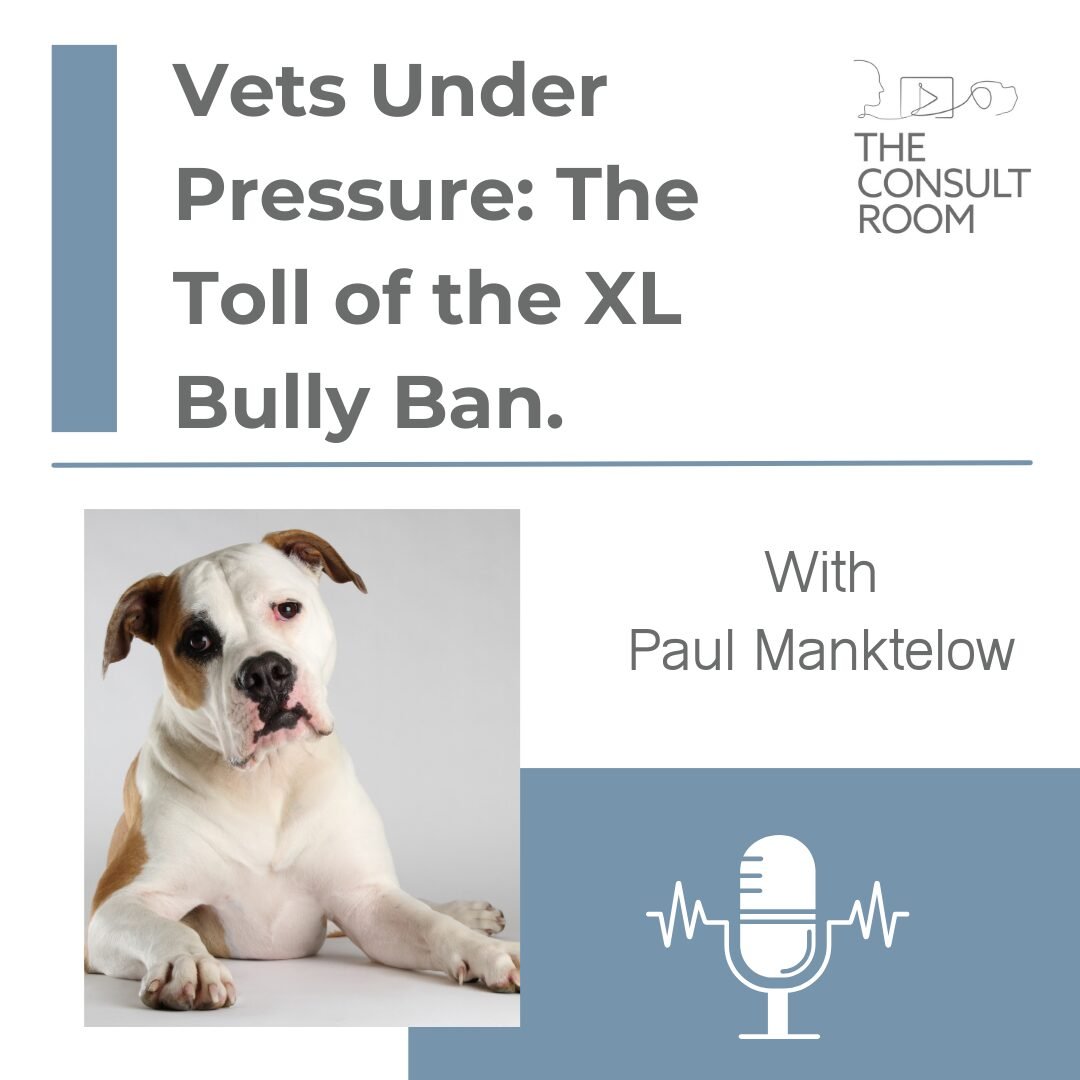Across my veterinary career, I’ve covered all kinds of shifts, including working day – and night – in the world of pet emergency care. In a recent podcast, I caught up with Annie Clark, Emergency and Critical Care Veterinary Nurse for over 11 years, to discuss some of our experiences of working night shifts inside animal A&E, an area of work Annie now specialises in.
Spoiler alert – I don’t want to spoil some of the fab stories shared in the podcast by repeating them on this blog, but sharing what makes the world of emergency vet medicine so interesting and varied means there’ll be some teasers. You can listen to the full stories on the podcast.
What’s interesting about emergency work?
For both Annie and myself, the fast pace and intimate team setting make emergency work inspiring and interesting. Emergency teams are often much smaller and close-knit, so everyone has to work seamlessly across every emergency. For me, this feels very similar to working in charity settings, where days vary considerably and Annie feels working in animal A&E is just the same: ‘There’s something different in every shift, just nothing routine about it.’
What’s changed about emergency work?
Before swapping experiences about night shifts it’s important to acknowledge that, whilst vet practices have to provide emergency care, this has changed in a big way in recent years.
Back when I qualified as a vet and Annie started out as a vet nurse, veterinary practices provided their own out-of-hours emergency care, so it was expected that work rotas would include night and day shifts. Whilst Annie, myself and many of our peers considered this a ‘rite of passage’ in proving ourselves as professionals, the contemporary trend is that out-of-hours care is now outsourced.
This has made a big difference to veterinary professionals. Unless they choose to become emergency care professionals like Annie, those coming into the veterinary profession won’t necessarily benefit from the enhanced skills-building that comes with those mandatory night shifts in animal A&E. For me, it was the very different set up of night-time emergency care which allowed me to hone skills in managing stress, prioritising workload and building resilience ways which truly benefited me as a professional.
Annie agrees but, as someone who’s seen all sides of emergency pet care, she also makes other observations:
‘It’s a difficult one isn’t it? I think it’s so beneficial that we don’t have this mandatory working silly hours, long days back-to-back, so I do think having dedicated night staff is a wonderful progression in the profession.
However, do I think that all nurses and vets should experience a couple of weeks of nights in their career? Absolutely! Because it teaches you so much and also there are things you see out-of-hours that you just do not see in day practice and processes you don’t necessarily put into practice when you have a huge team and staff around you. I think these are things we should still be able to do and keep in our arsenal.’
Why is emergency work associated with nights in veterinary?
Unsurprisingly, human routines often influence why we see so many evening emergencies for our pets. With many pet owners at work during the day, it’s after work in the evening when problems get noticed. Certainly, pets such as dogs are often docile and sleepy when home alone during the day but, once the owner is home and it’s fun time, dogs become more alert – and mischievous, which can lead to incidents and accidents.
Another part of our routine can also explain why conditions like Gastric Dilatation and Volvulus (GDV) manifest frequently at night – from after-work routines of a meal followed by a dog-walk. For some breeds of dog, a large amount of eating or drinking, followed by exercise can trigger GDV and a real health emergency.
Toxins and poisonings also add to the variety of emergencies seen at night, for example as tired pet-parents go to bed leaving the wrong things where pets can reach them.
Caesarian-sections commonly result from Dystocia (birthing issues), so a long, non-progressive labour through the day can often lead to a late-night emergency. As an emergency care nurse and a vet surgeon, both Annie and I have several experiences of this, including a C-section involving just the two of us on shift, an Irish Wolfhound and a very unexpected number of puppies.
Annie also recalls this one: ‘this situation cemented the fact that C-sections are not my favourite emergency, simply because they’re stressful! Just for context, if you’re doing them out of hours it’s generally with two people – you’ve got the vet who is operating, in charge of getting those puppies out of mum as quickly as possible; I’m doing anaesthetic and I’ve also got to look after the puppies that come my way. Ideally a C-section would happen in the day, where there’s a team of like 10 people standing by with towels all ready and hot water bottles and it’s all glorious. On this occasion however …’
Find out more about this special delivery on the podcast…
Small team, huge demand on working relationships
As Annie shared there, the set up inside A&E is very different – sometimes you turn up for a shift and it may just be one vet and one nurse working. Often, you might never have met this colleague before because a lot of night work is done by supply staff, locums or vets who just work occasional shifts.
Annie explains that, for those choosing to work nights, this may be quite a paradox: ‘I choose to work nights because generally I’m not the biggest people person and yet you’re suddenly working with someone you’ve never met before and you have to be really good at communicating and getting along together. Thankfully so far so good but yes, it’s a strange set up for sure.’
As well as strange, the situation can also be demanding, busy and stressful for all members of the tiny team. Realising this taught me a valuable lesson very quickly in my veterinary career: be nice to your nurses because ultimately they make the difference between you having a good shift or a really crappy one!
Annie gives a knowing laugh: ‘When you’re working in such a small team it’s about taking care of each other and one thing that vets definitely need to do is take care of their nurses, because we’re in charge of the phones generally out of hours!
Listen to the podcast for examples of this in emergency practice.
Interested in this? Read my top tips for working nights in an emergency vet clinic.
Another ‘team’ member in emergency care is the client. Again, in an emergency situation, the relationship is suddenly an intense one requiring adaptability and good communication skills, as Annie explains:
‘[At night] you see different clients all the time. You’re not seeing routine clients who come in for the same clinics like you do in GP practice – you’re meeting clients from different practices. It’s really good that, from that experience you’re able to just kind of communicate with anybody.’
Being able to communicate effectively in an already stressful, emotional situation for the client, can be made even trickier when it comes to emergencies where the client may not even be the animal’s owner. In the podcast we share the story of a wildlife rescue by a very determined client, and the arrival in the night of the brand new owner of a puppy he was rightfully concerned about – but it wasn’t a breed of puppy we had ever seen before!
Pet emergency
The final member of the team is the pet involved. Of course, all the traditional types of pets occasionally find themselves in emergencies, but an emergency clinic can also mean the vet professionals meeting exotic pets for the first time – and realising how unpredictable they can be!
Settle back and enjoy the podcast and a recollection of a Macaw which took the unexpected and intimate side of teamwork to a whole new level!
For all its trials and tribulations, the take away for me is that emergency work is a phenomenal job. It’s great teamwork, every day is different and you get a huge sense of achievement. Please take a moment to listen to the podcast – and if you’re in the profession don’t be scared about doing pet emergency work – it’s a great profession to be involved in.
 Dr Paul Manktelow is a vet who’s worked for almost 20 years on the front line in some of the UK’s busiest veterinary hospitals. As Chief Vet in the Charity Sector, he leads a team of vets and nurses that treat thousands of pets every year. Paul also appears regularly in the media as a TV and radio presenter, writer, public speaker and podcast producer.
Dr Paul Manktelow is a vet who’s worked for almost 20 years on the front line in some of the UK’s busiest veterinary hospitals. As Chief Vet in the Charity Sector, he leads a team of vets and nurses that treat thousands of pets every year. Paul also appears regularly in the media as a TV and radio presenter, writer, public speaker and podcast producer.






Leave A Comment